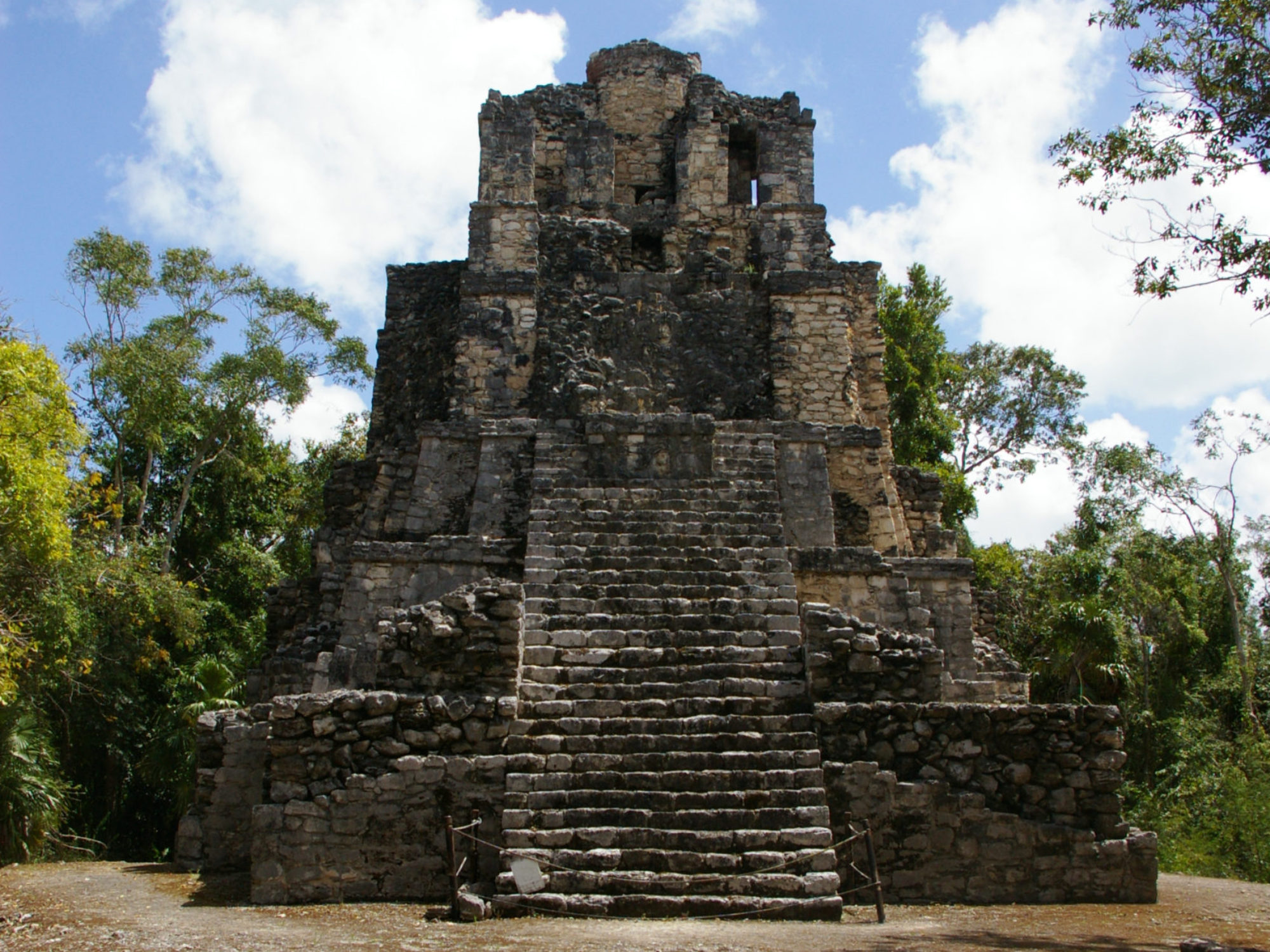May 16, 2020 online via Zoom. Dr. Joanne Michel (PhD Foreign Cultures & Languages Community College of Allegheny County -Allegheny Campus) spoke. Her topic was Teotihuacan iconography and the La Ventilla glyphs.
During an excavation carried out between 1992 and 1994, Mexican archaeologist Rubén Cabrera Castro discovered La Plaza de los Glifos (dated 300-400CE) in the residential barrio of La Ventilla. The 42 glyphs, largely painted on the patio floor, were unlike most other iconography and mural art found at Teotihuacan; making them an important addition to the corpus of data being examined for use as writing at the site. There are various proposals as to the type of writing and disagreement about the language(s) of Teotihuacan, however there is little doubt that a writing system was in use. In this talk, Dr. Joanne Michel presented some of her research with the La Ventilla glyphs and other iconography, glyphic elements, and mural art found at the site. By evaluating the small corpus of La Ventilla glyphs as their own unique tradition, compared to the other Teotihuacan style iconography and mural art found throughout the site, she was able to further explore their context situated within the larger framework of Teotihuacan writing, iconography and art.
Joanne Michel is Professor of Foreign Cultures & Languages at CCAC-Allegheny campus in Pittsburgh where she teaches courses on Mesoamerican culture, mythology, and language. She earned her MA in Linguistics, a Graduate Certificate in Latin American Studies, and her PhD in Linguistic Anthropology from the University of Pittsburgh. For twenty years she has conducted fieldwork in Mexico utilizing a multidisciplinary research approach to examine Classic period inscriptions, iconography, art, and architecture from Central Mexico and Northern Yucatan. Most recently, her research explores iconographic and other visual representations of pre-Hispanic Maya mythology in Puuc style architecture and evidence of Teotihuacan style iconography, art, and architecture in the Yucatan Peninsula. In addition, she maintains a long standing research project with Oapan Nawa speakers from Guerrero, focusing on contemporary Indigenous folklore as compared to pre-Hispanic Aztec mythology.

